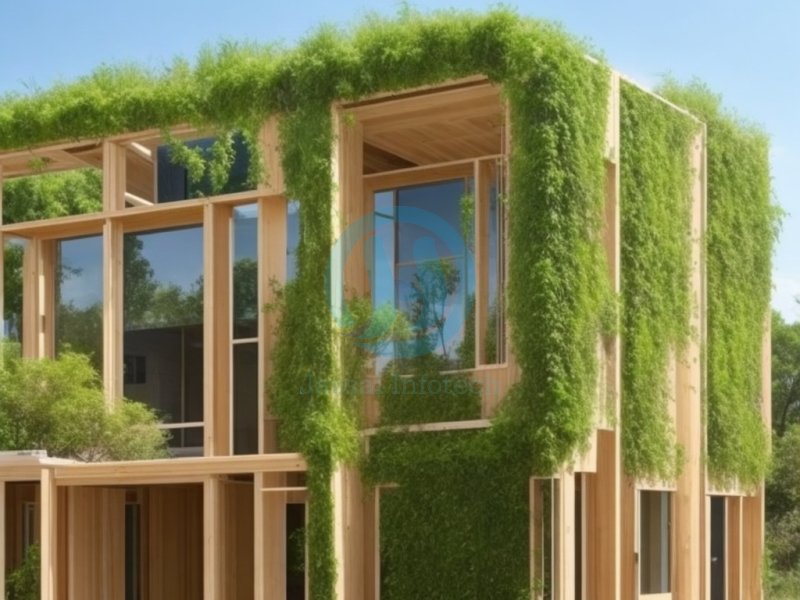
In recent years, the global construction industry has been witnessing a remarkable transformation towards sustainability and environmental responsibility. With an increasing focus on reducing carbon footprints and conserving natural resources, biodegradable and sustainable materials are gaining momentum as the future of residential construction. These innovative materials not only minimize environmental impact but also offer numerous benefits, ranging from energy efficiency to improved indoor air quality. In this blog, we will delve into the exciting world of biodegradable and sustainable materials and explore how they are shaping the future of residential construction.
Biodegradable materials, derived from renewable resources, are gradually finding their way into residential construction. Materials like straw bales, bamboo, wood, and natural fibers offer excellent insulation properties, reducing the need for energy-consuming heating and cooling systems. Moreover, biodegradable materials sequester carbon during their growth, making them a crucial component in the fight against climate change.
Incorporating recycled materials into residential construction not only diverts waste from landfills but also curtails the extraction of raw materials. Recycled steel, reclaimed wood, and recycled plastic offer durability and strength while significantly reducing the ecological footprint of building projects.
The future is bright with sustainable materials that push the boundaries of innovation. From translucent solar panels to self-healing concrete, these cutting-edge materials redefine how homes are built. Such advancements promise a future where buildings actively contribute to energy production and repair themselves, promoting a truly sustainable and self-sufficient lifestyle.
Prefabrication and modular construction methods drastically reduce construction waste by manufacturing building components off-site. This results in minimized energy consumption during construction and faster project completion times. Additionally, these techniques allow for greater precision and accuracy in construction, leading to more energy-efficient structures.
The concept of passive houses emphasizes super-insulation, airtightness, and mechanical ventilation to create an energy-efficient, comfortable living space. Utilizing sustainable materials, passive houses drastically reduce energy consumption for heating and cooling, contributing to a greener, eco-friendly world.
As the world becomes increasingly conscious of the environmental challenges it faces, the construction industry plays a vital role in shaping a sustainable future. By embracing biodegradable and sustainable materials, we can transform residential construction into an eco-friendly and innovative domain. From reducing carbon footprints to improving living conditions, these materials pave the way for greener, healthier, and more resilient homes. Let us join hands and build a better tomorrow, one biodegradable brick at a time.
Share This News